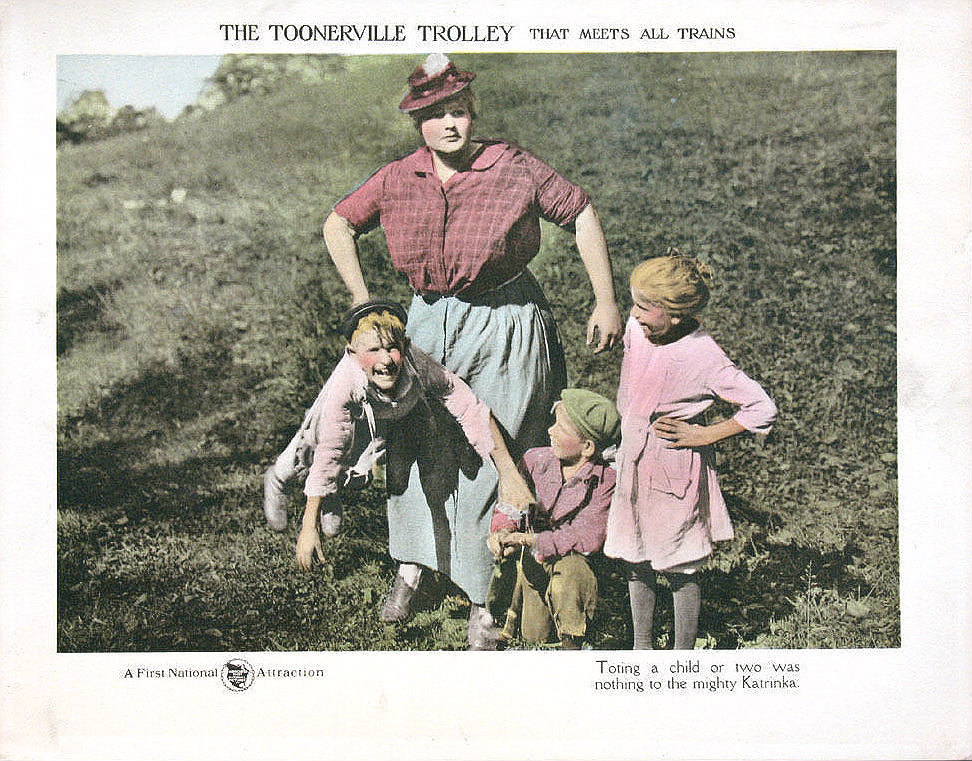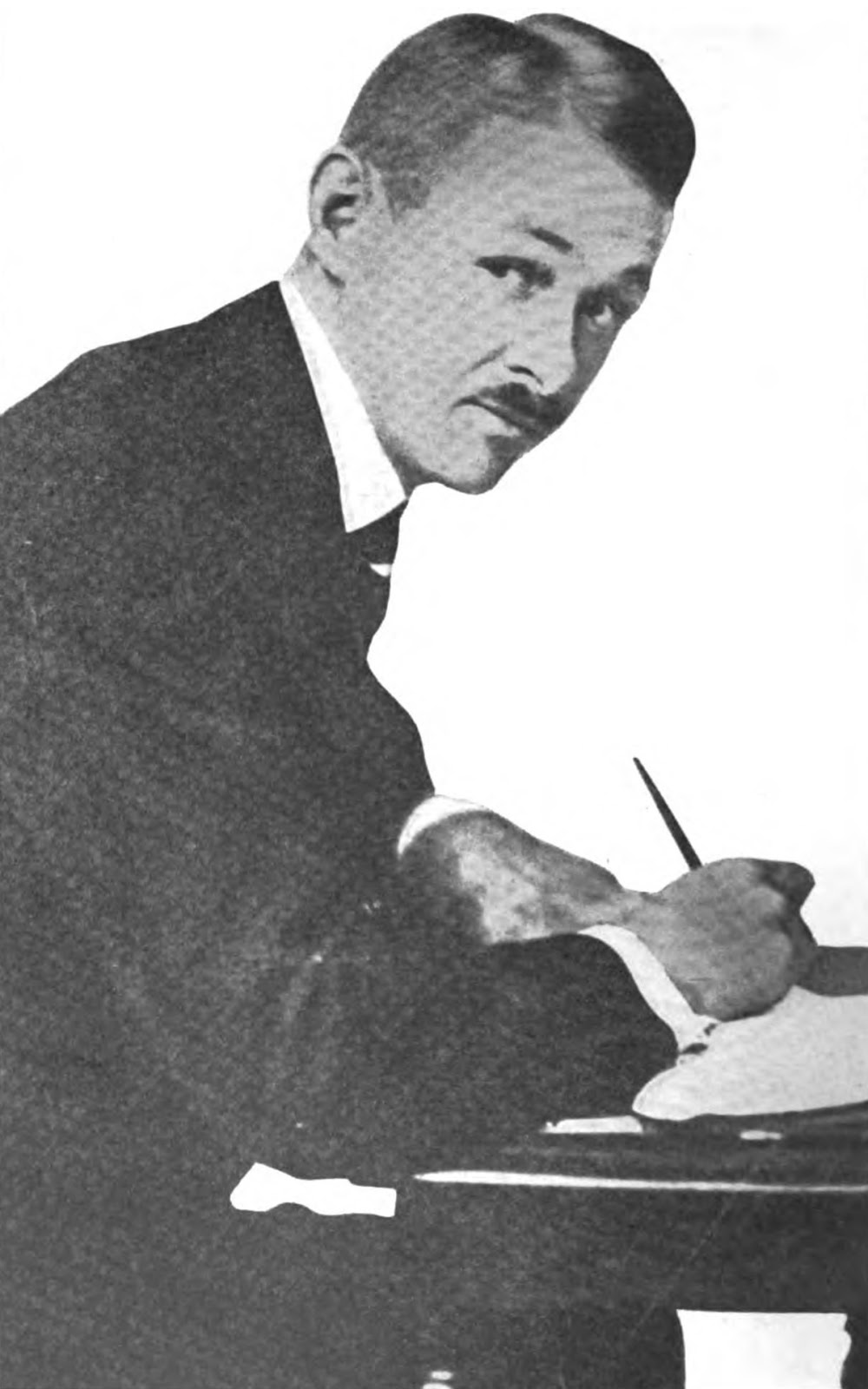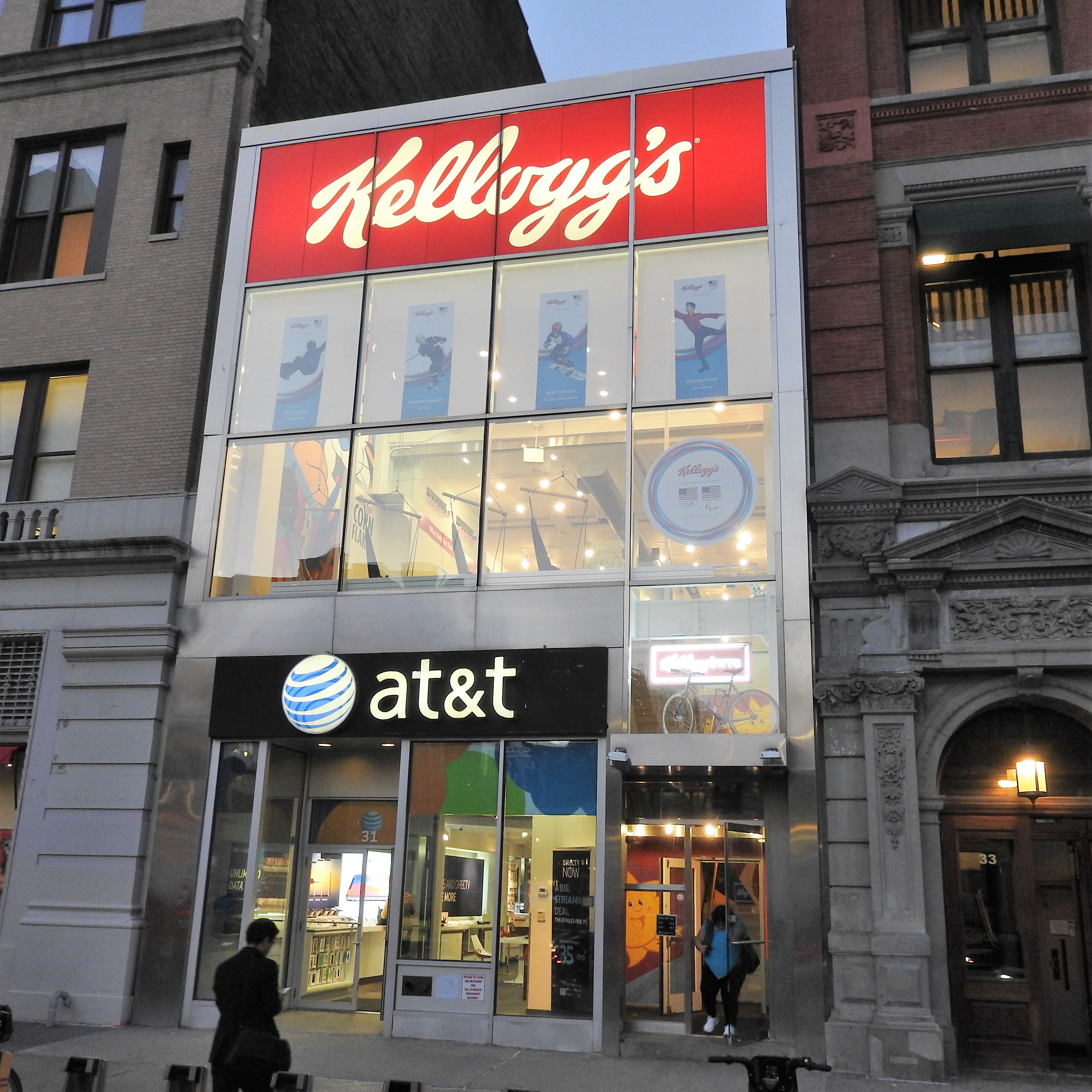|
Toonerville Folks
''Toonerville Folks'' ( ''The Toonerville Trolley That Meets All the Trains'') was a popular newspaper cartoon feature by Fontaine Fox, which ran from 1908 to 1955. It began in 1908 in the ''Chicago Post'', and by 1913, it was syndicated nationally by the Wheeler Syndicate. From the 1930s on, it was distributed by the McNaught Syndicate. Characters and story The single-panel gag cartoon (with longer-form comics on Sunday) was a daily look at Toonerville, situated in what are now called the suburbs. Central to the strip was the rickety little trolley called the "Toonerville Trolley that met all the trains", driven in a frenzy by the grizzly old Skipper to meet each commuter train as it arrived in town. A few of the many richly formed characters included Suitcase Simpson, Mickey McGuire, the Powerful Katrinka, the Terrible Tempered Mr. Bang, Aunt Eppie Hogg, Little Woo-Woo Wortle, The Little Scorpions, and "Stinky" Davis. Origin Fox described the inspiration for the cartoon series i ... [...More Info...] [...Related Items...] OR: [Wikipedia] [Google] [Baidu] |
Fontaine Fox
Fontaine Talbot Fox, Jr. (June 4, 1884 – August 9, 1964) was an American cartoonist and illustrator best known for writing and illustrating his ''Toonerville Folks'' comic panel, which ran from 1913 to 1955 in 250 to 300 newspapers across North America. The cartoons are set in the small town of Toonerville, which appears to operate in its own little universe. The gentle humor of the feature dealt with the antics of the various denizens and featured semi-realistic situations. It was one of the most popular comics during the World War I era. Life before Toonerville Born near Louisville, Kentucky, Fox started his career as a reporter and part-time cartoonist for the ''Louisville Herald''. He spent two years in higher education at Indiana University, Bloomington; nevertheless, he continued sketching one cartoon a day for the ''Louisville Herald''. After two years of college, he abandoned his studies in favor of his true calling, writing and illustrating comics. From 1908, Fox star ... [...More Info...] [...Related Items...] OR: [Wikipedia] [Google] [Baidu] |
Wilna Hervey
Wilna Hervey (October 3, 1894 – March 6, 1979) was an American silent film actress and artist. Early life Known to friends and family as "Willie," Wilna Hervey was the only child of the marriage of William Russell Hervey and Anna Van Horn Traphagen. She grew up in affluent circumstances at Beach Ninth Street, Far Rockaway. During her youth in late 1910s, Hervey studied at the Art Students League in New York City, Winold Reiss' studio at 4 Christopher Street, New York City, and in Woodstock, New York during the summer of 1918. Her acting career began with a few silent movie roles at the Vitagraph Studios in Brooklyn as early as 1916; for her artistic pursuits Hervey adopted the professional name "Wilna Wilde." Professional career In 1919, she was cast in the role of "The Powerful Katrinka" in ''The Toonerville Trolley'' silent film series based on Fontaine Fox's ''Toonerville Folks'' comic strip, which was produced by Siegmund Lubin's Betzwood Motion Picture Studios in Pen ... [...More Info...] [...Related Items...] OR: [Wikipedia] [Google] [Baidu] |
Famous Funnies
''Famous Funnies'' is an American comic strip anthology series published from 1934 to 1955. Published by Eastern Color Printing, ''Famous Funnies'' is considered by popular culture historians as the first true American comic book, following seminal precursors. Publication history Precursors ''The Funnies'' and ''Funnies on Parade'' The creation of the modern American comic book came in stages. Dell Publishing in 1929 published a 16-page, newsprint periodical of comic strip-styled material titled ''The Funnies'' and described by the Library of Congress as "a short-lived newspaper tabloid insert". This is not to be confused with Dell's later same-name comic book, which began publication in 1936. Historian Ron Goulart describes the four-color, newsstand periodical as "more a Sunday comic section without the rest of the newspaper than a true comic book". It was followed in 1933 by Eastern Color Printing's '' Funnies on Parade'', a similarly newsprint tabloid but only eight ... [...More Info...] [...Related Items...] OR: [Wikipedia] [Google] [Baidu] |
All-American Comics
''All-American Comics'' was a comics anthology and the flagship title of comic book publisher All-American Publications, one of the forerunners of DC Comics. It ran for 102 issues from 1939 to 1948. Characters created for the title, including Green Lantern, the Atom, the Red Tornado, Doctor Mid-Nite, and Sargon the Sorcerer, later became mainstays of the DC Comics line. Publication history ''All-American Comics'' published 102 issues from April 1939 to October 1948. The series was an anthology which included a mixture of new material and reprints of newspaper strips. Sheldon Mayer's Scribbly was introduced in the first issue as was Hop Harrigan. The Golden Age Green Lantern was introduced by artist/creator Martin Nodell in issue #16 (July 1940). He continued in the title until #102 (Oct 1948). The Golden Age Atom debuted in #19 (October 1940) and Mayer created the original Red Tornado in #20 (November 1940). Doctor Mid-Nite first appeared in #25 (April 1941), while Howard Pur ... [...More Info...] [...Related Items...] OR: [Wikipedia] [Google] [Baidu] |
Chef Boyardee
Chef Boyardee is an American brand of canned pasta products sold internationally by Conagra Brands. The company was founded by Italian immigrant Ettore Boiardi in Milton, Pennsylvania, U.S., in 1928. History After leaving his position as head chef at the Plaza Hotel in New York City, Ettore Boiardi opened a restaurant called Il Giardino d'Italia in 1924 at East 9th Street and Woodland Avenue in Cleveland, Ohio. The idea for Chef Boiardi came about when restaurant customers began asking Boiardi for his spaghetti sauce, which he began to distribute in milk bottles. Four years later, in 1928, Boiardi opened a factory and moved production to Milton, Pennsylvania, where he could grow his own tomatoes and mushrooms. He decided to anglicize the name of his product to "Boy-Ar-Dee" to help Americans pronounce his name correctly. The first product to be sold was a "ready-to-heat spaghetti kit" in 1928. The kit included uncooked pasta, tomato sauce, and a container of pre-grated cheese. ... [...More Info...] [...Related Items...] OR: [Wikipedia] [Google] [Baidu] |
Kellogg's
The Kellogg Company, doing business as Kellogg's, is an American multinational food manufacturing company headquartered in Battle Creek, Michigan, United States. Kellogg's produces cereal and convenience foods, including crackers and toaster pastries, and markets their products by several well-known brands including Corn Flakes, Rice Krispies, Frosted Flakes, Pringles, Eggo, and Cheez-It. Kellogg's mission statement is "Nourishing families so they can flourish and thrive." Kellogg's products are manufactured and marketed in over 180 countries. Kellogg's largest factory is at Trafford Park in Trafford, Greater Manchester, United Kingdom, which is also the location of its UK headquarters. Other corporate office locations outside of Battle Creek include Chicago, Dublin (European Headquarters), Shanghai, and Querétaro City. Kellogg's holds a Royal Warrant from King Charles III and formerly Queen Elizabeth II until her death in 2022. History In 1876, John Harvey Kellogg ... [...More Info...] [...Related Items...] OR: [Wikipedia] [Google] [Baidu] |
Drano
Drano (styled as Drāno) is an American brand of chemical drain cleaner that is manufactured by S. C. Johnson & Son. Crystal Drano According to the National Institutes of Health's Household Products Database, the crystal form is composed of: * Sodium hydroxide (lye), NaOH * Sodium nitrate, NaNO3 * Sodium chloride (salt), NaCl * Aluminium shards, Al After Drano crystals are added to water, the reaction works as follows: # Aluminium reacts with lye: 2NaOH + 2Al + 2H2O → 3H2 + 2NaAlO2, although the exact species in solution may be NaAl(OH)4. The release of hydrogen gas stirs the mixture and improves the interaction between the lye and the materials clogging the drain. It's possible that pressure may build up inside the pipe, causing the hot, caustic solution to spurt out of the drain. # Sodium nitrate reacts with hydrogen gas: Na+ + NO3− + 4H2 → NaOH + NH3 + 2H2O. This removes hydrogen, which poses a fire and explosion hazard and produces ammonia, which is also capable of ... [...More Info...] [...Related Items...] OR: [Wikipedia] [Google] [Baidu] |
Joseph Barbera
Joseph Roland Barbera ( ; ; March 24, 1911 – December 18, 2006) was an American animator, director, producer, storyboard artist, and cartoon artist who co-founded the animation studio and production company Hanna-Barbera. Born to Italian immigrants in New York City, Barbera joined Van Beuren Studios in 1927 and subsequently Terrytoons in 1929. In 1937, he moved to California and while working at Metro-Goldwyn-Mayer (MGM), Barbera met William Hanna. The two men began a collaboration that was at first best known for producing ''Tom and Jerry''. In 1957, after MGM dissolved their animation department, they co-founded Hanna-Barbera, which became the most successful television animation studio in the business, producing programs such as ''The Flintstones'', ''Yogi Bear'', ''Scooby-Doo, Where Are You?'', ''Top Cat'', ''The Smurfs'', ''Huckleberry Hound'', and ''The Jetsons''. In 1967, Hanna-Barbera was sold to Taft Broadcasting for $12 million, but Hanna and Barbera remained h ... [...More Info...] [...Related Items...] OR: [Wikipedia] [Google] [Baidu] |
Laserdisc
The LaserDisc (LD) is a home video format and the first commercial optical disc storage medium, initially licensed, sold and marketed as DiscoVision, MCA DiscoVision (also known simply as "DiscoVision") in the United States in 1978. Its diameter typically spans . Unlike most optical disc standards, LaserDisc is not fully Digital data, digital, and instead requires the use of analog video signals. Although the format was capable of offering higher-quality video and audio than its consumer rivals—VHS and Betamax videotape—LaserDisc never managed to gain widespread use in North America, largely due to high costs for the players and the inability to record TV programmes. It eventually did gain some traction in that region and became somewhat popular in the 1990s. It was not a popular format in Europe and Australia. By contrast, the format was much more popular in Japan and in the more affluent regions of Southeast Asia, such as Hong Kong, Singapore and Malaysia, and was the ... [...More Info...] [...Related Items...] OR: [Wikipedia] [Google] [Baidu] |
RKO Pictures
RKO Radio Pictures Inc., commonly known as RKO Pictures or simply RKO, was an American film production and distribution company, one of the "Big Five" film studios of Hollywood's Golden Age. The business was formed after the Keith-Albee-Orpheum (KAO) theater chain and Joseph P. Kennedy's Film Booking Offices of America (FBO) studio were brought together under the control of the Radio Corporation of America (RCA) in October 1928. RCA chief David Sarnoff engineered the merger to create a market for the company's sound-on-film technology, RCA Photophone, and in early 1929 production began under the RKO name (an abbreviation of Radio-Keith-Orpheum). Two years later, another Kennedy holding, the Pathé studio, was folded into the operation. By the mid-1940s, RKO was controlled by investor Floyd Odlum. RKO has long been renowned for its cycle of musicals starring Fred Astaire and Ginger Rogers in the mid-to-late 1930s. Actors Katharine Hepburn and, later, Robert Mitchum had the ... [...More Info...] [...Related Items...] OR: [Wikipedia] [Google] [Baidu] |
Rainbow Parade
''Rainbow Parade'' was a series of 26 animated shorts produced by Van Beuren Studios and distributed to theaters by RKO between 1934 and 1936. This was the all-color series and final series produced by Van Beuren. History Many of the ''Rainbow Parade'' cartoons were one-shot stories with no recurring characters, but several of the films featured Parrotville Parrots, Molly Moo-Cow, Toonerville Folks, and Felix the Cat Felix the Cat is a cartoon character created in 1919 by Pat Sullivan and Otto Messmer during the silent film era. An anthropomorphic black cat with white eyes, a black body, and a giant grin, he was one of the most recognized cartoon charac .... This series was purchased by Commonwealth Pictures in 1941 and was later syndicated for television, sometimes under the name Kolor Kartoons. In 2021, Thunderbean Animation, in association with Blackhawk Films and the UCLA, released a collection of the first 13 ''Rainbow Parade'' cartoons from the existing master mate ... [...More Info...] [...Related Items...] OR: [Wikipedia] [Google] [Baidu] |


.jpg)


